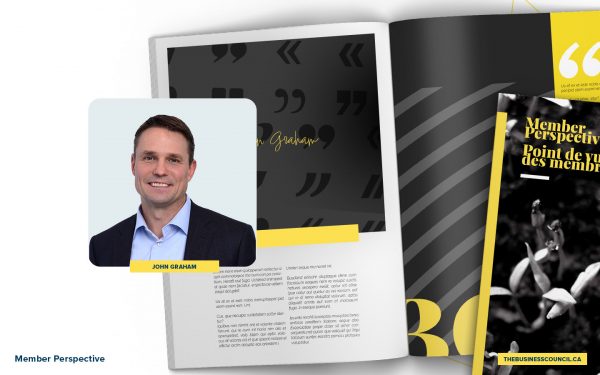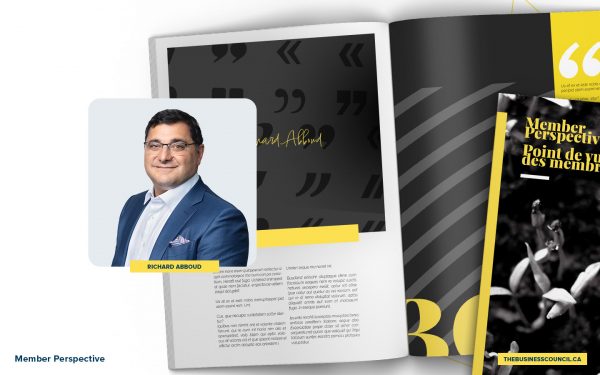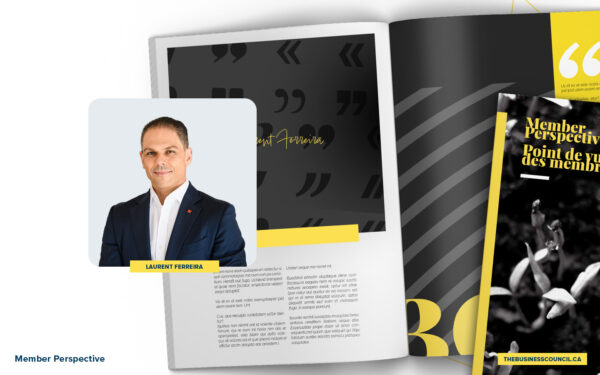Cultivating a positive mindset will make you a stronger leader
As published on the “Resilience” website by Lisa Lisson
One resolution I heartily endorse as a leadership strategy is developing a positive mindset. A significant body of research tells us that cultivating positivity will help you become a happier person and stronger leader. According to the Harvard Business Review, people tend to think success will make them happy. They link their happiness to an external achievement such as landing a particular job, hitting a sales target, or finding a soulmate. The problem with that line of thinking is that you’ll be unhappy if you don’t achieve your goal. But even if you do achieve it, things can change, so your happiness will be fleeting.
Think about all the people you know who achieved something they thought was going to make them happy but were still unhappy after ticking that box. That’s because happiness is a state of mind, not a person, place or thing. If you cultivate a positive state of mind, researchers say, you’ll perform better in the face of a challenge, experience an uptick in your productivity, creativity and engagement, and see better outcomes.
While your genetics, environment or a combination of both have an influence on your worldview, the choices you make day-to-day — how you choose to respond to your co-workers or deal with stressful work or life situations for instance— play a significant role in how happy and successful you’ll be.
Positivity doesn’t mean ignoring the downside. It simply means focusing on the best in yourself, other people and situations. Good leaders know that people are drawn to positivity, and that their team will be much more likely to follow a leader who inspires them every day than they will be to follow one with a dark cloud over her head. So I work hard at cultivating positivity every day both personally and professionally. Here are a few ways I’ve learned to develop a positivity habit.
Practise gratitude
Gratitude is a bit of a buzzword these days, so it’s tempting to write it off as a Pollyanna-ish sentiment. But to do so would be a mistake. Researchers consider gratitude to be one of the greatest contributing factors to our happiness. It has certainly contributed to mine, which is why I make it a daily practice to reflect on the many things I have to be grateful for. Because I know the power of gratitude, I also make a point of expressing my thanks to my team, individually and collectively, for the hard work they do every day. Taking the time to express my gratitude makes them feel valued, wins me their trust and respect. It makes me feel pretty good, too.
Think positive thoughts
From time to time we all think negative thoughts. The difference between positive-minded people and those who see the glass half empty is that the former refuse to let their negative thoughts consume them. Indulging your negativity just drains your resources. Why engage in an activity that just drags you down?
We know from the academic literature on positive psychology that attitude influences action. In other words, if you expect good things to happen, you’ll work harder to make them happen. Of course wishing doesn’t always make it so, but even if things don’t turn out as you’d hoped, having a positive mindset will make you a more resilient person and you’ll be much better-equipped to bounce back from disappointment.
Cultivate a positive mindset
First and foremost, you need consciousness. Whenever I feel the gravitational pull of negative feelings —maybe I got blindsided by bad news, or things did not turn out as I had hoped —I make a conscious effort to focus on the positive. I look for the lessons in the bad news or when things don’t go according to my plans. But I don’t dwell on them. After I understand where things went wrong or got off track, I figure out how things can get better the next time. Then I assume that it will.
Visualization is also an effective way to cultivate positivity. Some people picture their negative feelings as mental trash and dump those feelings in an imaginary trash can in their minds and replace those feelings by visualizing the outcome they want to achieve. Others picture their negative thoughts as a devil sitting on their shoulder. They tell that devil, “I’m not going to listen to you,” thereby reducing its power over them. Visualization is like having a personal trainer in our minds. I don’t think it matters what visualization techniques you use to cultivate a positive mindset. All that matters is that you work on cultivating one.









